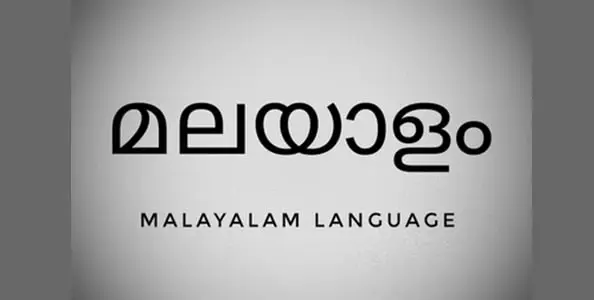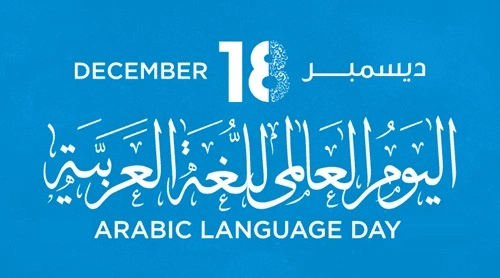When we talk about the top multilingual countries in the world, India is one nation that stands out, not because of the sheer number of languages spoken here, but actually because there are some languages that are some of the oldest and one-of-a-kind in the world. Among dozens of languages right here in India, there are a few that are for sure the hardest to learn and understand. And if you are here to get to know more about these languages, then you are at the right place because we are about to get down on just that. Alright then, let’s take a good look at the top 5 toughest languages in India that is not easy to learn:
1. Malayalam

Malayalam enters directly from the state of Kerala and the Lakshadweep Islands into the list. What makes it a really complicated time for learners is the fact that it has quite an alphabet. There are actually 15 vowels and 36 consonants, totaling up to 51 unique sounds to get your head around. But that’s not all. Malayalam is not monolithic. It varies from geography within Kerala and from one household to another in the state’s nearly 40,000 villages. For a student, it means having to negotiate a maze of dialects, each with changes in accent, grammar, and even vocabulary. Plus, it’s got a huge literature that goes way back, layering in even more for learners to pick up.
2. Telugu
Next up is Telugu, where Andhra Pradesh and Telangana serve as the strongholds of this language. The word order in Telugu is unique in that it takes the words and just puts them all together to form one long string, then proceeds to create new meanings in every sentence. This can thus make it a real head-scratcher for beginners in putting sentences together. Its syllabic script throws a mix of 18 vowels and 36 consonants in Telugu, meaning every symbol represents not just a sound but a full syllable. It’s not just ancient, but Telugu has a history too. It contains inscriptions dating to the early 6th century CE, which is indicative of very long literary activity.
3. Sanskrit
Sanskrit took it way back, it was the base of the Indian linguistic and cultural heritage. And its grammar? Nothing but complex, thank the ancient scholar, Pāṇini, for that. With a bloated vocabulary primarily composed of root words, mostly giving room for more than a thousand combinations of compounds, it is no easy language for a learner, not just words. Sanskrit has always remained unmatched in the subtlety of expression in the full range of philosophy, science, and religion and, therefore, always held an edge as a scholarly and liturgical language. And the lesser-known part is that when somebody knows how to speak Sanskrit, then actually he/she can talk using fewer words, which could make Sanskrit one of the most outstanding languages in the world compared to any other languages.
4. Tamil
Tamil, with a history that spans over 2,000 years, stands as one of the world’s oldest languages still in use today. It is a part of the Dravidian family and is mainly spoken in Tamil Nadu in India and parts of the Northern and Eastern Provinces of Sri Lanka. The diglossia of the Tamil language makes learning quite a task because of the enormous gap that separates the classical literary version from everyday spoken varieties. The language has 12 vowels, 18 consonants, and one special character. This library, a stupendous collection of antiquated classic literature to modern works, literally is also a storehouse of Sangam literature.
5. Urdu
Urdu is, in fact, an Indo-Aryan language that is heavily influenced by Persian and Arabic. It is written in a very beautiful yet complex Nastaliq script, with loads of artistic flair put into it, which again raises the bar for learning. The national language of Pakistan and spoken widely in India, Urdu is admired due to being one of the most beautiful and sophisticated languages from the point of view of its poetic and literary brilliance. Most learners consider Urdu complicated because it has a script and an extensive vocabulary that harbors the finesse of its poetic forms.
Final Thoughts
That’s all there is for now. If you are an expert in two or more of these languages, then you for sure are a sharp-minded person, and there you can possibly learn any language in the world if you give it a try.

